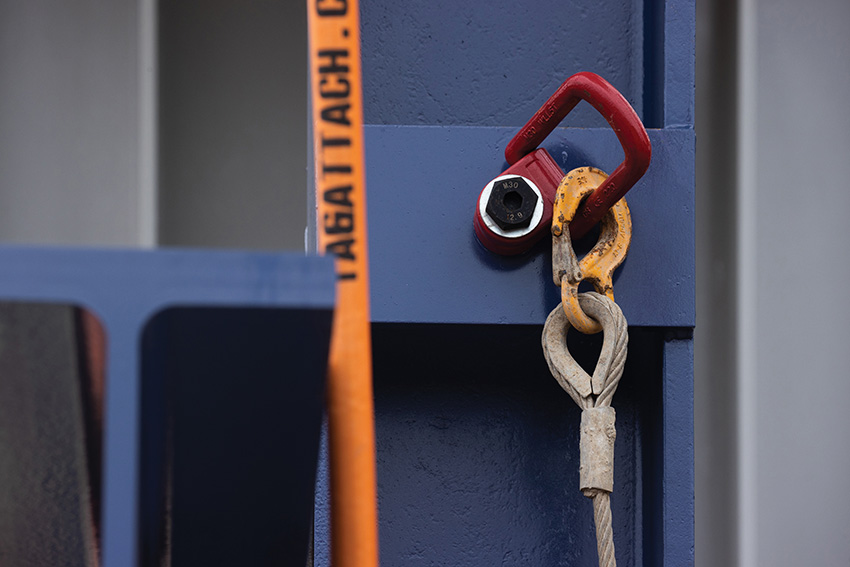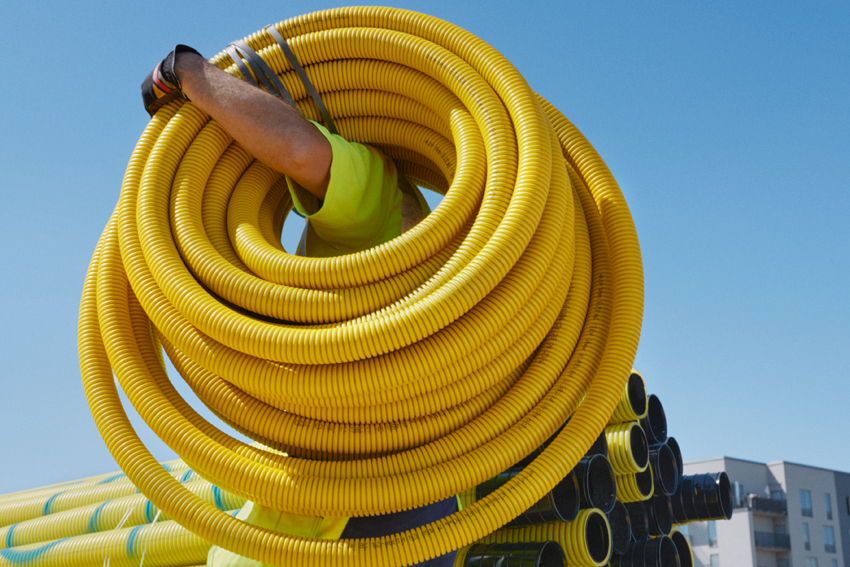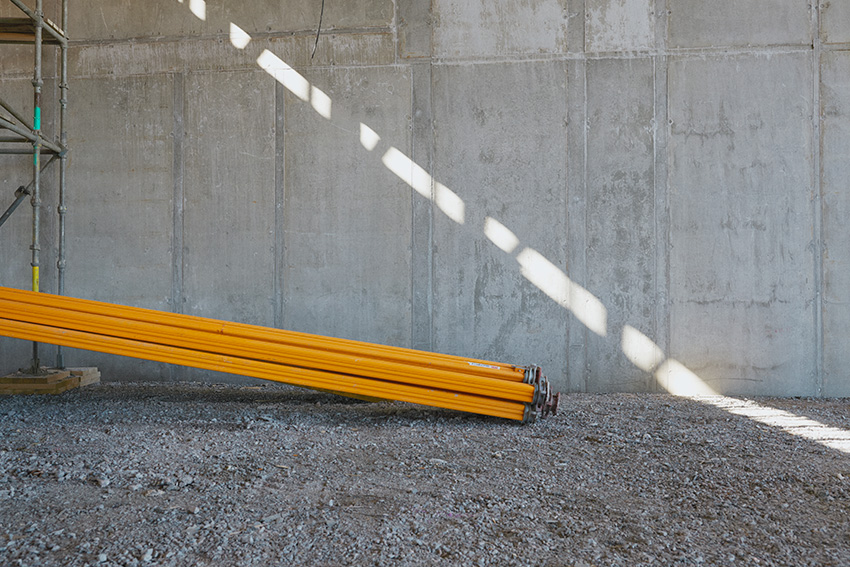- Never walk by any work activity that is unsafe or unhealthy without reporting it. We have the authority and responsibility to stop any activity that may be unsafe
- Require sound personal safety and accident prevention practices on our worksites. We also promote and share them with our supply chain and throughout our industry
- Require that subcontractor employees are adequately trained and provided with the proper equipment to carry out their work safely
- Care for our own mental health and that of our colleagues
- Never come to work under the influence of drugs or alcohol, or work when a health condition or medical treatment may cause a safety hazard for ourselves or others
Health, safety and well-being

We care about the health, safety and well-being of everyone at Skanska. The safety of our employees and subcontractors is our highest priority. So, we set safety standards – and implement technical solutions and procedures – to reduce or eliminate risks to health and safety on our construction sites and in our operations.
This means that we:

I am carrying out a task when I realize that the sequence of work has changed. This presents different health and safety hazards. I have a deadline to meet. What should I do?
Stop what you are doing and adjust the plan to respond to the changed sequence. Ensure that everyone is briefed on this. Never compromise the health and safety of yourself and others to meet a deadline.

My colleague argues that we should use a different method than the one described in our safety guidelines. He is more experienced than I am and is an expert in our field. He says the safety instructions are impractical and that he never follows them. What should I do?
Contact your manager or local Health and Safety team for guidance. Even if a colleague is more senior or seen as an “expert,” refusal to follow our safety instructions raises serious concerns. We work safely or not at all.
Questions or concerns?
If you have routine queries, your manager is the place to start. For more complex matters, contact your Health and Safety team.
For more information
(Accessible by Skanska employees only)
